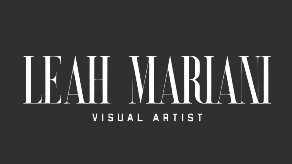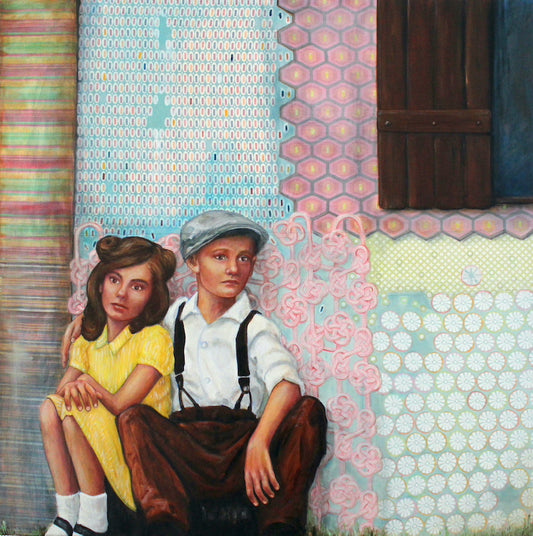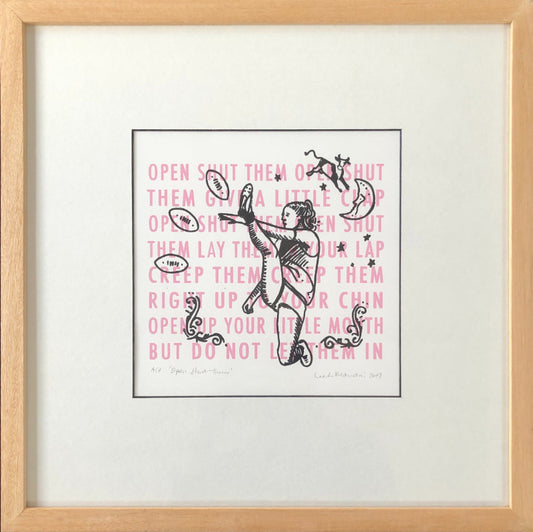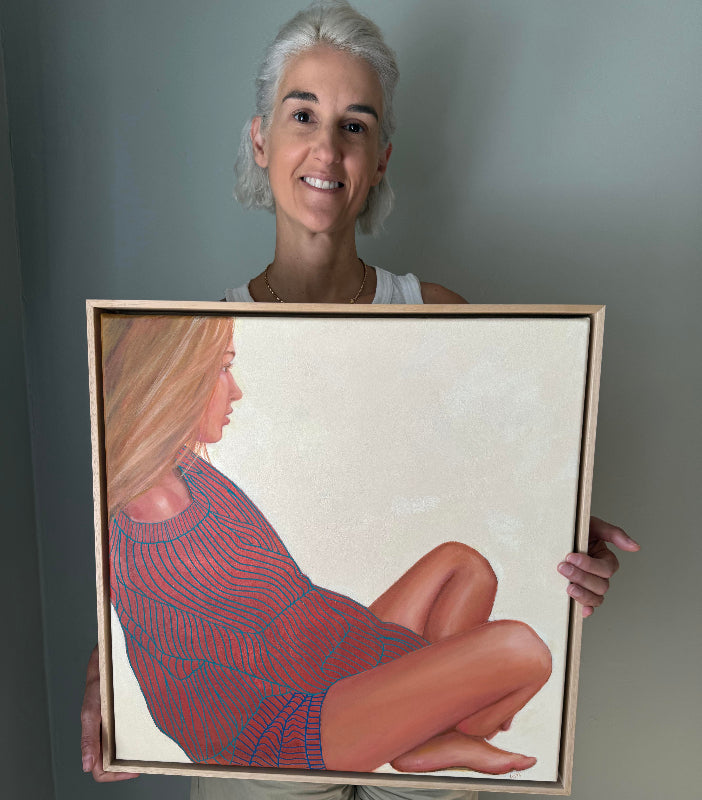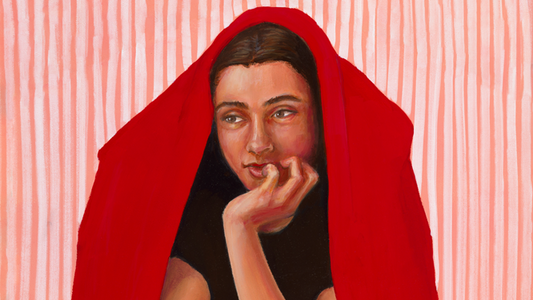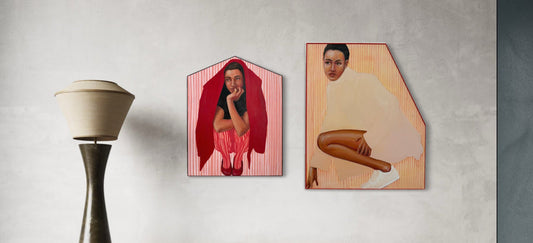
Art Review: Fairy Tales Exhibition at GOMA
The "Fairy Tales" exhibition at Brisbane's Gallery of Modern Art (GOMA), which ran from December 2, 2023, to April 28, 2024, was a captivating journey through the enchanting realms of folklore and fantasy. Curated by Amanda Slack-Smith, the exhibition weaves together art, film, and design to explore the enduring allure of fairy tales across cultures and generations.
The exhibition embraced a multidisciplinary approach, blending visual art, historical artifacts, and cinematic elements. The exhibition begins by inviting visitors to enter through an indoor archetypal forest, with twisted branches and salvaged timber that envelops visitors in a labyrinthine woodland. The exhibition then spread over three rooms.
The curator adopted a broad definition of fairytales, incorporating both traditional Disney fairy tales with more contemporary stories such as Jim Henson’s Labyrinth 1986, Spike Jonze’s Where the Wild Things Are 2009, and Tim Burton’s Alice in Wonderland 2010. The curator pushed the definition of Fairy Tales by including lesser-known tales alongside all the big hits that one would expect to see.
The broad scope of the exhibition made me consider what is a fairy tale and how it differs to everyday children's stories. The online Oxford Languages
The exhibition delves into the darker elements of fairy tales, with exhibits such as Patricia Piccini's The Couple 2018, Abdul Abdullah's 'Coming to Terms' series 2015 and Trulee Hall's Witch House 2020 that all touched on themes of exclusion and existing on the fringes.
One of the standouts for me was in the last room. Timonty Horn's Motherload 2008, is a 3/4 scale rococo carriage, lavishly encrusted with crystallized rock sugar, inspired by the life of San Francisco socialite Alma de Bretteville Spreckels. The piece explores themes of excess, fantasy, and the impermanent and perishable nature of wealth and power. These themes are pervasive among fairy tales and will appeal to generations to come.
Exhibition image: Timonty Horn's Motherload 2008
 Other highlights of the exhibition included original papercuts by Hans Christian Andersen, a 19th-century photograph by Lewis Carroll, and costumes designed by Henri Matisse for the Ballets Russes adaptation of The Nightingale.
Other highlights of the exhibition included original papercuts by Hans Christian Andersen, a 19th-century photograph by Lewis Carroll, and costumes designed by Henri Matisse for the Ballets Russes adaptation of The Nightingale.
Some of the exhibits, such as the papercuts by Hans Christian Andersen and Kimi Smith's Born 2002, I had seen at a previous exhibition: All the Better to See You With: Fairy Tales Transformed at the Ian Potter Museum of Art in 2018. This exhibition offered a critical examination of the traditional sexist tropes in fairy tales. By contrast, the more recent Fairy Tales exhibition at Brisbane's Gallery of Modern Art (GOMA), which I visited in 2024, took a more conventional approach. It emphasized magic and danger but didn’t delve into the gendered experiences or modern reinterpretations of these tales.
Director of GOMA Chris Saines remarked, “While fairy tales have changed form through different eras and societies, their themes have remained universally resonant.” While I agree with his observation, I also believe that the past decade has seen a significant shift in the interpretation of these themes. Many of these stories have been reimagined to feature themes of female empowerment—a perspective that was sorely lacking in the GOMA exhibition.

In my own art series, Happily Ever After, I place female characters at the forefront, empowering them to take control of their destinies. By deconstructing the familiar tropes of classic fairy tales, I reframe women as active agents in their own stories. These narratives challenge stereotypes, flipping the script to redefine femininity as powerful and worthy. You can view some examples of my Happily Ever After series below. I hope these reimagined fairy tales give a new and inspired perspective on our favourite classic fairy tales.
